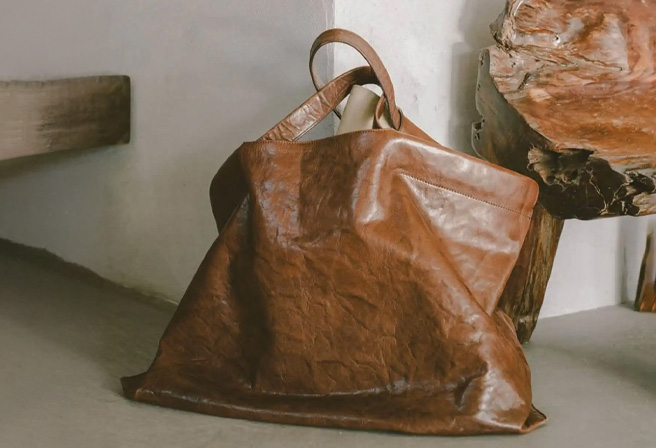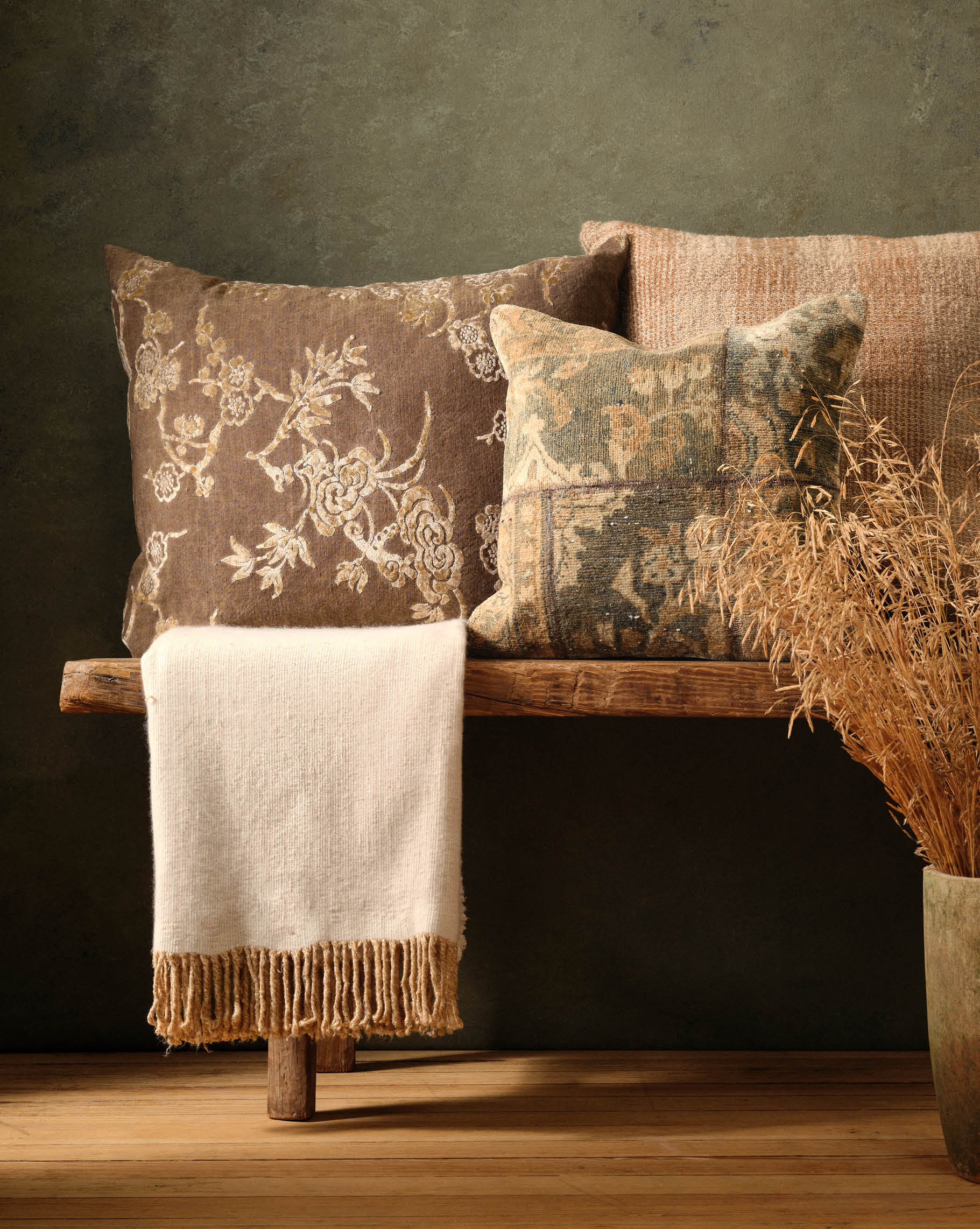The art of Kantha is a prime example of a culture’s ability to repurpose their own creations into something new.

Kantha, translating to “patched cloth,” is a Bengali export of the subcontinent.
Traditionally comprised of old, discarded garments, the technique owes its existence to the cultural and historic significance of the sari, a pillar of the region’s fashion and culture from 3,000 B.C. to the modern day.

To make Kantha blankets and throws, multiple saris or sections of saris are layered on top of each other, then joined together by sewing a running stitch throughout the entire collage.



An age-old practice, Kantha fabrics were traditionally believed to symbolize prayers, keeping the wearer safe and attracting happiness and prosperity.


Contemporarily, traditional Kantha products are still created today, with some designers finding inspiration from the technique while adding their own interpretation.
Mieko Mintz , a designer who has united her Japanese cultural heritage with her loving appreciation of Kantha to craft blankets and kimonos from layered vintage saris for modern day use.







Working with skilled Bengali craftswomen, Mintz pairs complementary saris from her extensive found collection, cutting and forming her vibrant throws and jackets.




Sustainably repurposing old or discarded fabrics, Kantha is a long-practiced technique capable of producing a multitude of striking, singular pieces.
















